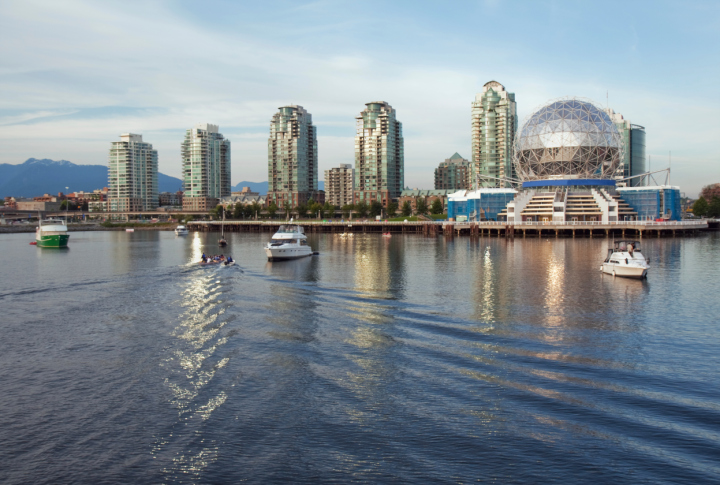As recreational activity continues to increase on our beaches and waterways, the City of Vancouver is looking to improve the water quality of some of the city’s most contaminated locations, such as False Creek, Trout Lake, and Lost Lagoon.

These areas, already known as popular spots for dragon-boating and paddleboarding, currently pose public health risks and environmental concerns.
However, the city has already taken a number of steps to address the contaminants, such as a sewer separation program, enforcing marina and boat sewage management bylaws, and public education programs.
But is it realistic to think that the public could be swimming in these areas by as early as next summer?
Vision Vancouver City Councillor Andrea Reimer joined Jon McComb on CKNW to explain how the clean-up would work.
LISTEN: Jon McComb talks to councillor Andrea Reimer about False Creek clean-up
“So what the staff are proposing as a first step, is that we do a hydrological study so that we really understand where the water is coming into the creek from and where it is going out, because the last thing we want to do is come up with a solution that suggests boats go a little bit further out to dump, but then the water just comes immediately back in and we have all the same problems again.”
Known for its unusually high counts of E. coli, boaters have been accused of dumping raw sewage into the waterway. Another issue is that of the city’s antiquated combined sewer overflow system.
When designing the original sewage system under the city, engineers thought it would be a good idea to create an overflow system that flows into False Creek below Science World.
This only kicks in when there has been heavy rainfall but continues to cause headaches as engineers look to reduce contaminants.
Reimer explained the tactics used by other cities, such as New York, Chicago, and Copenhagen.
“Apparently some other cities have used oysters, mussels, things like that to actually help clean water or filtered water.”
In the past, there were underground streams that helped the flow of water. Reimer went on to say that this is something they could look at to help improve the situation.
“I mean obviously not lately but for large periods of the year there’s rainwater but we also have streams that still run underground, but not at the volume that they would have historically, so looking at what if there is an opportunity to deal with that and if there are other opportunities under the street network to look at, reconnecting Burrard Inlet and False Creek.”
WATCH: Housing crisis blamed for False Creek pollution

There are other ways in which the city is looking to separate rainwater and sewage.
“Next is actually to take the stormwater and instead of putting it through a pipe, start re-establishing the natural systems that the water would have gone through,” said Reimer.
“So in some of our parks, putting in wetlands, looking along streets at rain-gardens and other ways that we can absorb that water…ending up in the ocean in a concentrated way.”
But how much will all of this cost?
According to Reimer, it will be in the hundreds of millions of dollars, mandated by the federal government due to the environmental and health risks.
- Ontario First Nation declares state of emergency amid skyrocketing benzene levels
- Singh mulls TikTok return as U.S. nears potential ban over security fears
- More financial institutes are offering crypto-services, survey shows
- Possible TikTok ban in U.S. looms after Biden signs bill, setting up legal fight








Comments